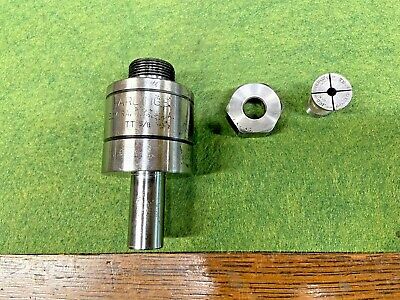Broaching is an industrial cutting process, which is used to achieve a high degree of surface finish on a workpiece. A broach is a single cutting motion that draws cutting fluid into the cut. The tool can be used to achieve tolerances of 0.075 mm or more. Broaches are capable of finishing both internal and external surfaces. While they are suitable for mass production, there are some important factors to consider when selecting a broach.
The tooling for broaching must be accurate and suited for the type of work that you need to do. Unlike a traditional cnc tool, a broach has three types of cutting teeth: roughing, semi-finishing, and finishing. Because broaches have three cutting teeth, they can machine both internal and external surfaces with ease. Broaching can be performed in a number of ways, including slab broaching, which is used to cut flat surfaces. Slot broaching can produce a variety of depths and widths and is often faster than milling. Alternatively, nibbling broaches are designed to produce small cuts on the surface of a workpiece while egress broaches have full-width teeth that are capable of making semi-finishing cuts.
The rotary linear broach is most commonly used on screw machines and lathes. They come with an internal spindle for the machine to hold and move. These rotary broach holders are available in a variety of shapes and sizes and can be used on multiple machines. The best option is to purchase a broach holder with a variety of tools for different applications, as this will help you minimize the time and effort needed to perform multiple tasks. Shop broached items from Somma Tool.
The teeth of a broach are divided into three different parts: the roughing teeth, the semi-finishing teeth, and the finishing teeth. These teeth are ground into a range of sizes and are arranged alternately to avoid chip packing. The roughing teeth are larger in pitch than the semi-finishing ones, which reduces the overall length of the broach. The finishing teeth, which are smaller, are always the same size.
The internal broach is a type of broach that is used to process the inner surface of objects, such as gears or spiral internal splines. The bore diameter of the internal broach is usually between ten and 120mm, but it can be extended up to five centimeters. The internal broach’s slot width is usually between three and 100mm, and its length is approximately three times the diameter of the hole. There are also special cases where the length can exceed two meters.
Broaches are annoying, but they can also be very cool. In some cases, a broach can be used as a first-line utterance. Broaching is a common way to introduce a subject for the first time. Similarly, it can be used as a way to draw (beer, liquor, etc.) by tapping on the surface of the object. However, be sure to check the number of pointed ridges on the replacement broach to make sure you don’t accidentally get stuck with a broken one.
The horizontal and vertical configurations of broaching machines have become the most common. The vertical machines are hydraulically driven, allowing for long strokes, but they do not allow much ceiling height. This means that they require expensive pits to be dug in order to accommodate them. Because of their limited ceiling height, vertical machines are often the best choice for most production settings. This article will discuss the advantages and disadvantages of both types of machines. There is no one right way to broach a piece of metal.
Whether you are looking to cut a single piece of metal or multiple, the broach is an effective industrial-grade cutting method. Its speed, efficiency, and accuracy make it an excellent choice for high-volume manufacturing. Broaches have a wide range of uses and are particularly useful for cutting surfaces with parallel or multiple sides. In addition to metal and plastic, broaching can be used on various solid materials, including plastic and mid-grade steel.
The primary use of the broaching process is in high-volume production. In addition to hand tools, the process can be used in agricultural equipment, plumbing, and appliances. It is especially effective for cutting complex shapes on parts with a large volume. Broaching is most effective on metals with a Rockwell C hardness rating between 26 and 28. However, it is possible to use some steels rated up to 32 Rockwell C. Once you know the advantages and disadvantages of both, broaching is a great option for you.

